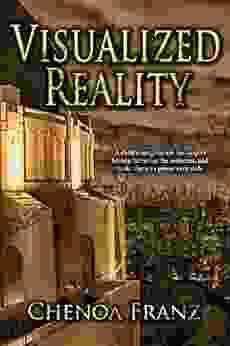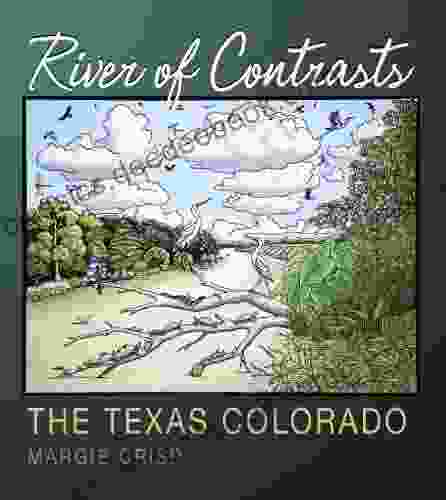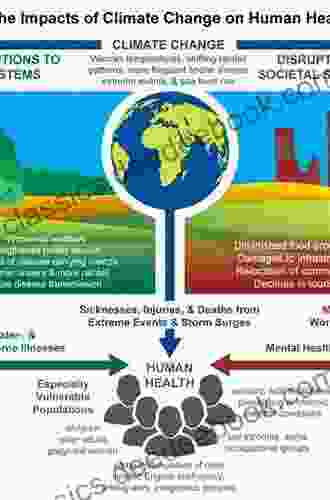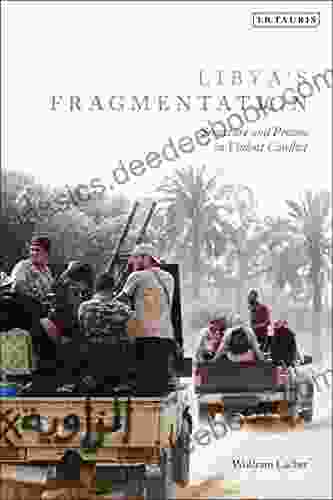Structure and Process in Violent Conflict

Violent conflict, a pervasive and destructive force, has plagued humanity throughout history. From civil wars to international conflicts, violence has left an indelible mark on societies worldwide, causing immense suffering, displacement, and economic devastation. To effectively address and resolve violent conflicts, it is crucial to understand their underlying structure and process.
4.8 out of 5
| Language | : | English |
| File size | : | 3030 KB |
| Text-to-Speech | : | Enabled |
| Screen Reader | : | Supported |
| Enhanced typesetting | : | Enabled |
| Print length | : | 468 pages |
Defining Violent Conflict
Violent conflict is a complex phenomenon that encompasses a wide range of behaviors, from organized warfare to acts of terrorism. It can be defined as a situation in which two or more parties engage in sustained, organized violence against each other, resulting in significant casualties or damage to property.
Structure of Violent Conflict
The structure of violent conflict refers to the underlying factors and dynamics that shape the conflict. These factors can be categorized into three main groups:
1. Structural Factors
Structural factors create the conditions that make violent conflict more likely. They include:
- Economic inequality and poverty
- Political exclusion and discrimination
- Weak or corrupt institutions
- Environmental degradation and resource scarcity
2. Processual Factors
Processual factors refer to the interactions between parties involved in the conflict. These factors include:
- Greed and grievances
- Escalation and de-escalation dynamics
- Communication and negotiation
- External influences
3. Contextual Factors
Contextual factors refer to the broader environment in which the conflict occurs. These factors include:
- Culture and history
- Geography and climate
- International relations
- Technology
Process of Violent Conflict
The process of violent conflict typically follows a predictable pattern:
- Onset: The conflict emerges due to unresolved grievances or perceived threats.
- Escalation: Violence escalates as parties mobilize forces and employ increasingly destructive tactics.
- Stalemate: The conflict reaches a point where neither side can gain a clear advantage.
- De-escalation: Violence gradually decreases as parties negotiate or lose the will to fight.
- Resolution: The conflict is formally ended through a peace agreement or other means of settlement.
Consequences of Violent Conflict
Violent conflict has devastating consequences for individuals, communities, and entire societies. These consequences include:
- Human casualties: Death, injury, and displacement
- Economic devastation: Damage to infrastructure, loss of livelihoods, and disruption of trade
- Social disintegration: Displacement, family separations, and increased crime
- Environmental damage: Pollution, deforestation, and depletion of resources
Resolution and Peacebuilding
Resolving violent conflicts and building sustainable peace is a complex and challenging task. It requires a multi-pronged approach that addresses both the structural and processual factors that contribute to the conflict. Key elements of conflict resolution and peacebuilding include:
- Negotiation and dialogue: Engaging in direct communication to find common ground and work towards a peaceful solution.
- Peacekeeping and peacemaking: International efforts to intervene in conflicts and prevent further violence.
- Disarmament and security sector reform: Reducing the availability of weapons and building accountable security forces.
- Economic development and social justice: Addressing the underlying causes of conflict by promoting economic growth and reducing inequalities.
- Rule of law and governance: Establishing effective legal institutions and strengthening governance mechanisms.
Understanding the structure and process of violent conflict is essential for developing effective strategies to prevent and resolve conflicts. By examining the underlying factors that drive conflict and the predictable patterns of escalation and resolution, we can work towards creating more just and peaceful societies. Conflict resolution and peacebuilding require sustained commitment, collaboration, and a willingness to engage in difficult dialogues. By investing in peace, we can create a better future for all.
4.8 out of 5
| Language | : | English |
| File size | : | 3030 KB |
| Text-to-Speech | : | Enabled |
| Screen Reader | : | Supported |
| Enhanced typesetting | : | Enabled |
| Print length | : | 468 pages |
Do you want to contribute by writing guest posts on this blog?
Please contact us and send us a resume of previous articles that you have written.
 Novel
Novel Story
Story Genre
Genre Library
Library Newspaper
Newspaper Paragraph
Paragraph Bookmark
Bookmark Shelf
Shelf Glossary
Glossary Foreword
Foreword Synopsis
Synopsis Annotation
Annotation Footnote
Footnote Codex
Codex Tome
Tome Classics
Classics Narrative
Narrative Biography
Biography Thesaurus
Thesaurus Narrator
Narrator Character
Character Resolution
Resolution Catalog
Catalog Borrowing
Borrowing Archives
Archives Study
Study Research
Research Scholarly
Scholarly Lending
Lending Reserve
Reserve Journals
Journals Reading Room
Reading Room Rare Books
Rare Books Interlibrary
Interlibrary Study Group
Study Group Storytelling
Storytelling Awards
Awards Reading List
Reading List Book Club
Book Club Textbooks
Textbooks Diana Cachey
Diana Cachey Kay L Moody
Kay L Moody Michael H Roffer
Michael H Roffer Lee Irwin
Lee Irwin David Daniels
David Daniels Daniel O Donnell
Daniel O Donnell Cassie Ann L Miller
Cassie Ann L Miller Suvra Biswas
Suvra Biswas Pratish Mistry
Pratish Mistry Alicja Urbanowicz
Alicja Urbanowicz Mustapha Bakani
Mustapha Bakani Jason Resnikoff
Jason Resnikoff Ed Stansbury
Ed Stansbury Kate Aronoff
Kate Aronoff Darek Klonowski
Darek Klonowski Leon Trotsky
Leon Trotsky Terry M Wildman
Terry M Wildman Michael Streissguth
Michael Streissguth Aline Ohanesian
Aline Ohanesian Thomas Lynch
Thomas Lynch
Light bulbAdvertise smarter! Our strategic ad space ensures maximum exposure. Reserve your spot today!

 Isaac AsimovVisualized Reality: Unveiling the Extraordinary Artistic Tapestry of Chenoa...
Isaac AsimovVisualized Reality: Unveiling the Extraordinary Artistic Tapestry of Chenoa... Edward ReedFollow ·18.1k
Edward ReedFollow ·18.1k Joseph HellerFollow ·13.9k
Joseph HellerFollow ·13.9k George Bernard ShawFollow ·3k
George Bernard ShawFollow ·3k Aubrey BlairFollow ·10.9k
Aubrey BlairFollow ·10.9k Shannon SimmonsFollow ·15.6k
Shannon SimmonsFollow ·15.6k Henry Wadsworth LongfellowFollow ·7.8k
Henry Wadsworth LongfellowFollow ·7.8k Randy HayesFollow ·5.2k
Randy HayesFollow ·5.2k Devin RossFollow ·14.9k
Devin RossFollow ·14.9k

 Earl Williams
Earl WilliamsThe Texas Colorado River: A Vital Resource for Central...
The Texas Colorado River is an...

 Robert Heinlein
Robert HeinleinCrochet Irish Projects For Beginners: A Comprehensive...
Crochet Irish lace, with its intricate...

 Mason Powell
Mason PowellAyahuasca Awakening: A Comprehensive Guide to...
Ayahuasca is a...

 Glenn Hayes
Glenn HayesPrice Forecasting Models for Dawson Geophysical Company...
In the realm of financial...

 Emanuel Bell
Emanuel BellStressors in the Marine Environment: A Comprehensive...
The marine environment is facing a...
4.8 out of 5
| Language | : | English |
| File size | : | 3030 KB |
| Text-to-Speech | : | Enabled |
| Screen Reader | : | Supported |
| Enhanced typesetting | : | Enabled |
| Print length | : | 468 pages |












